When people imagine home-cooked meals from the 1960s, they often think of meatloaf, casseroles, and big family dinners. But for many poor families, the reality looked very different. These households relied on bare-bones recipes, low-cost staples, and government surplus to get by. Ingredients were limited, nutrition was often lacking, and flavor was an afterthought. Meals were less about enjoyment and more about survival. What ended up on the plate reflected how hard it was to feed a family on next to nothing. These 15 meals show what dinner really looked like for poor families during one of America’s most challenging decades.
1. Canned Spaghetti Was Cheap but Tasteless
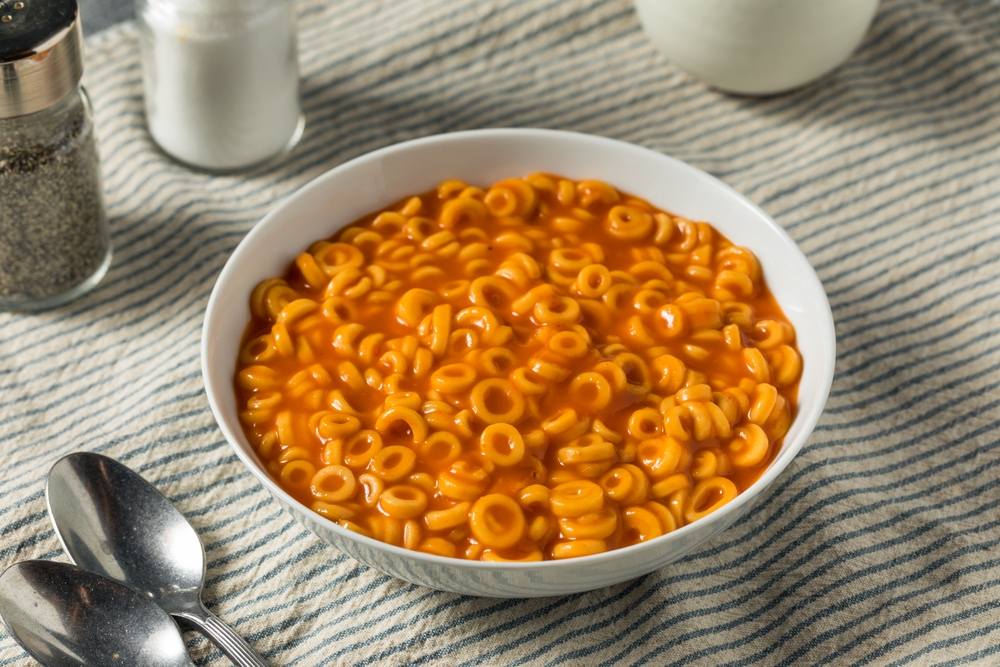
For many poor families in the 1960s, canned spaghetti offered a quick, low-cost meal option. It was easy to store, required little effort, and could be served hot within minutes. However, the sauce was overly sweet, the noodles were mushy, and the overall experience was far from satisfying. Despite its downsides, it was commonly eaten because it fed multiple people on a tight budget. When paired with white bread or margarine, it became a full meal. The meal provided calories but very little nutrition. This dish became symbolic of the processed food era and the limited choices available to low-income homes.
2. Bread and Gravy Was a Last-Resort Dinner
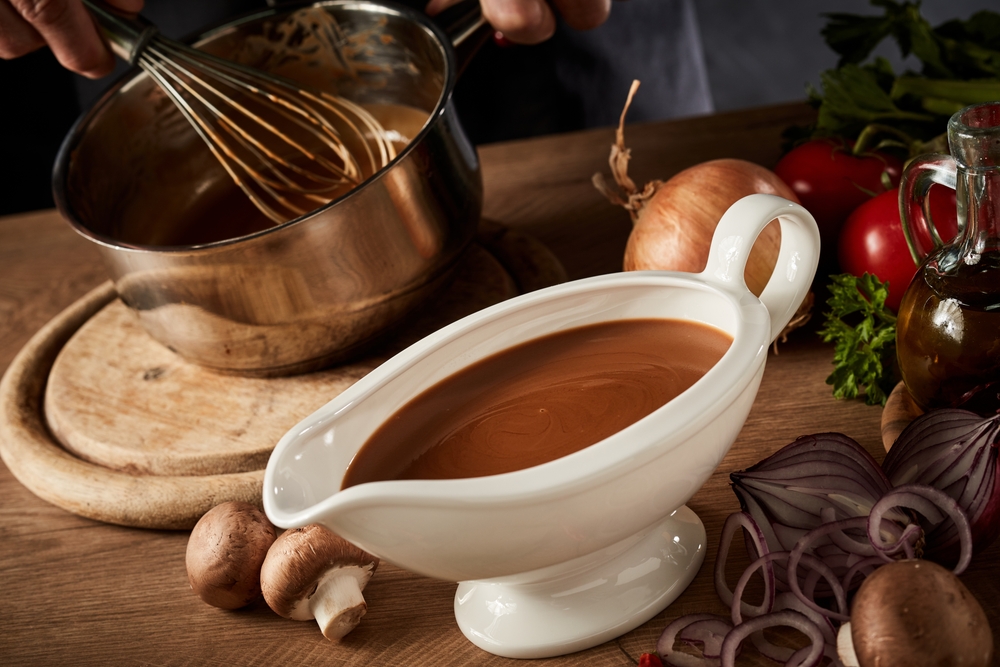
This basic combination came from pure necessity. Poor families often made gravy from pan drippings, water, and flour, pouring it over stale bread to create a filling meal. The bread soaked up the salty mixture and helped stretch leftovers into something more substantial. There was no meat involved in most cases, just fat and flour acting as a sauce. This meal had little variety and left many still feeling hungry afterward. Still, it remained a go-to option for families trying to avoid wasting food. It was more about staying full than enjoying dinner.
3. Powdered Eggs Had a Strange Taste and Texture

Powdered eggs became common in poor families’ kitchens because they were distributed through surplus food programs. Once rehydrated, they looked like scrambled eggs but had a chalky, artificial texture. They were mainly used in baking or as a substitute for fresh eggs when making breakfast. Children often disliked the taste and noticed the difference. They were rarely served on their own and were often mixed into other dishes to hide the flavor. These eggs were not a luxury but a symbol of rationing and making do with whatever was available.
4. Bologna Sandwiches Were the Default Lunch
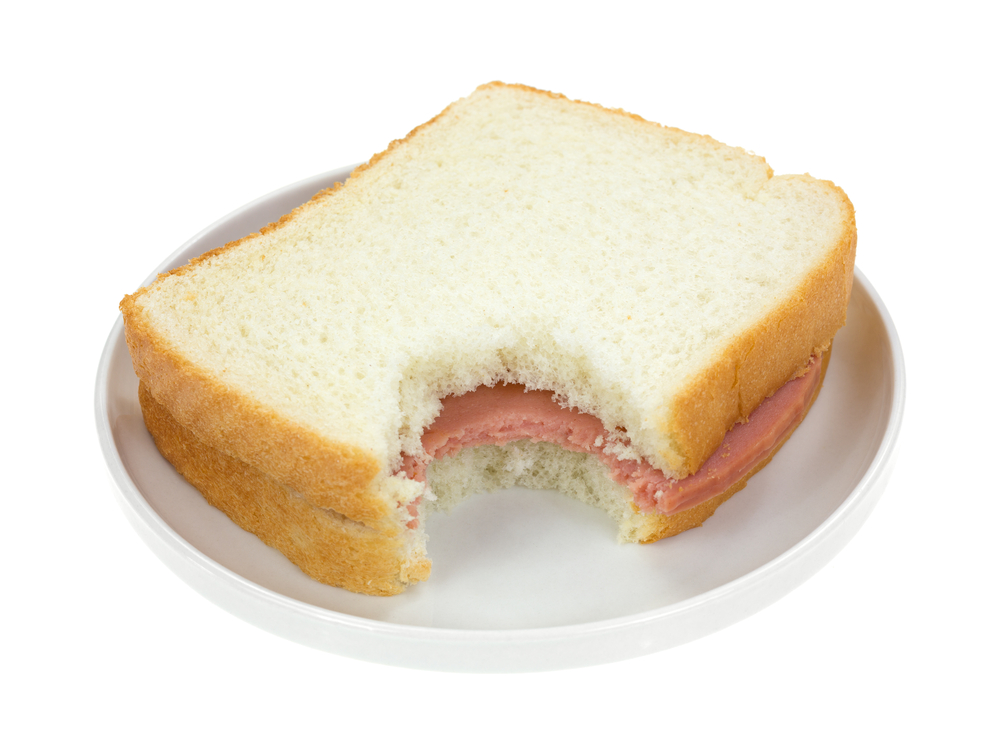
One slice of bologna between two pieces of white bread made up a standard lunch for poor families. Bologna was affordable and had a long shelf life, which made it practical. In many homes, there was no cheese or fresh vegetables to add. Sometimes a little mustard or ketchup was used if available. These sandwiches were easy to prepare and transport, making them a school lunch staple. Eating the same thing every day could become disheartening, especially for kids. Despite being monotonous, it was a dependable and cheap meal that filled lunchboxes across the country.
5. Hot Dog Stew Stretched Limited Protein
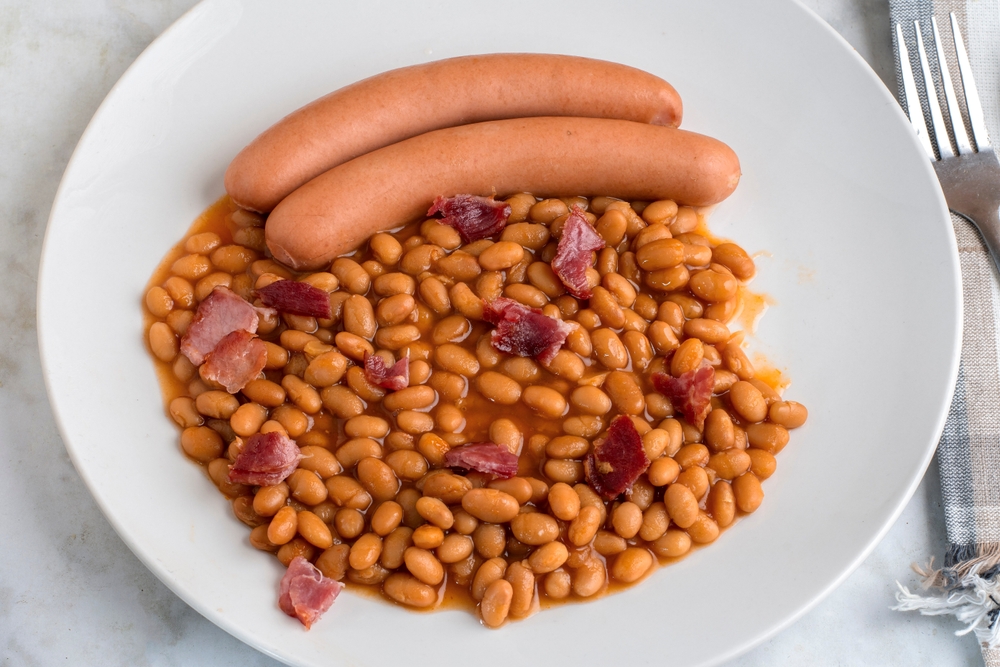
This improvised dish involved cutting hot dogs into slices and mixing them with canned beans, vegetables and rice or pasta. It was a way to spread protein across several servings. The flavors often didn’t blend well, and the final result was overly salty. Poor families created this dish from necessity, not preference. It was frequently served in large batches over several nights. The hot dogs replaced more expensive meats like beef or chicken. Although not very appetizing, it was affordable and kept everyone fed when options were few.
6. Cornmeal Mush Was Basic and Bland
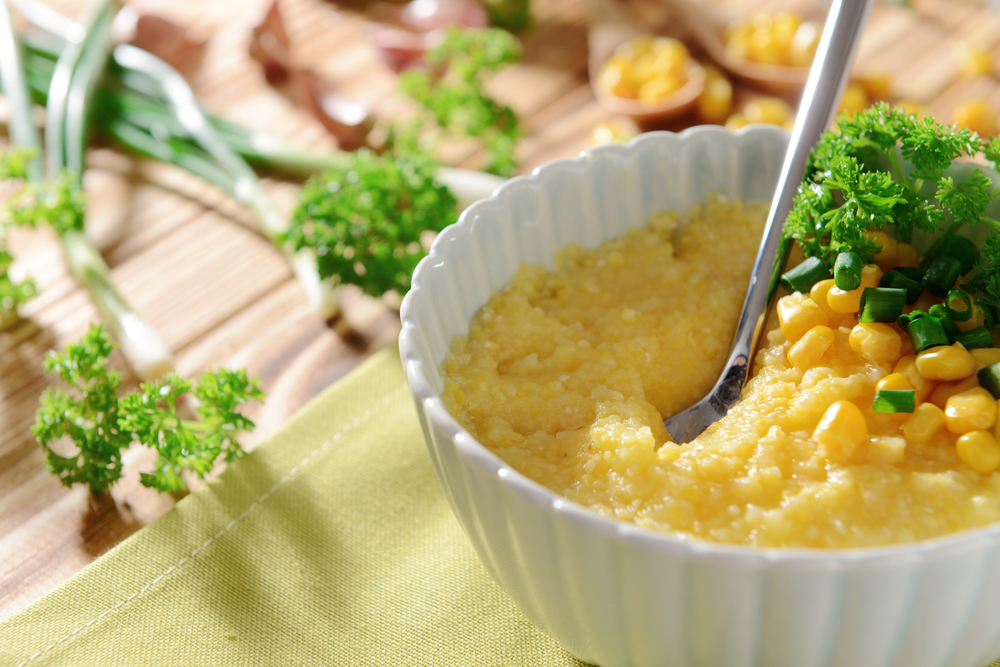
Cornmeal mush was made by boiling cornmeal in water or milk, then cooling it into a dense block. It could be eaten as a warm porridge or sliced and fried. Poor families used it because it was inexpensive, filling, and easy to store. It lacked flavor and required sugar or butter to be somewhat enjoyable. Even then, most children viewed it as a boring meal. In colder months, cornmeal mush was sometimes eaten multiple times a week. It became a survival food more than a choice, common in homes where groceries had to last.
7. Ketchup Sandwiches Imitated Better Meals

Two slices of bread with a layer of ketchup in between became a popular but depressing option when food was running low. Poor families used it to mimic the taste of a hamburger or tomato-based meal. The sweetness of the ketchup helped mask the lack of protein or variety. Children sometimes enjoyed the novelty, but adults knew it signaled that times were tough. These sandwiches were a reflection of how creative people had to be with very limited ingredients. It was not nutritious, but it was better than going without food.
8. Liver and Onions Were Nutritious but Unloved

Liver was a cheap cut of meat that poor families bought often. Pan-fried with onions, it offered iron and vitamins but had a strong flavor that many disliked. Kids especially hated the bitter taste and chewy texture. Still, liver was one of the few affordable animal proteins available. It was usually paired with boiled potatoes or white rice. Many adults tolerated the meal because they understood its health benefits. Despite its nutritional value, it was rarely anyone’s favorite and often eaten with reluctance.
9. Canned Goulash Was a Mishmash of Whatever Was Left
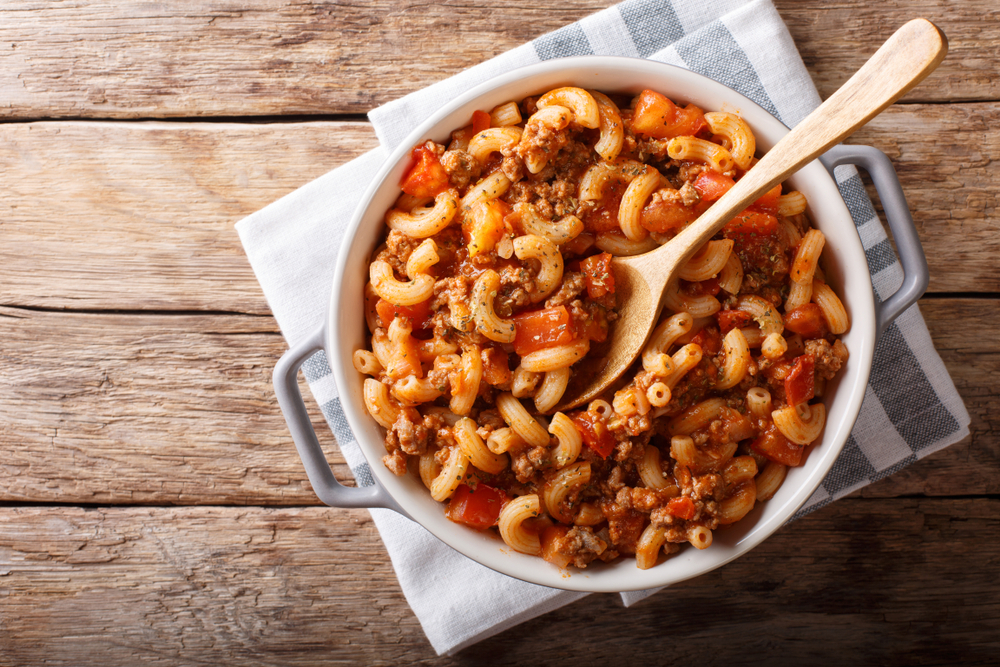
The American version of goulash made by poor families included canned tomatoes, noodles, and bits of meat if they had any. If not, beans or even scrambled eggs were added to create bulk. The dish was thrown together with whatever ingredients were left in the pantry. While it was hot and filling, it lacked any consistent flavor. Every batch tasted different, and most were bland or overly acidic. It was cooked in large pots to feed many people over several days. Goulash became a backup plan when there was no clear recipe to follow.
10. Rice and Milk Served as Dinner and Dessert
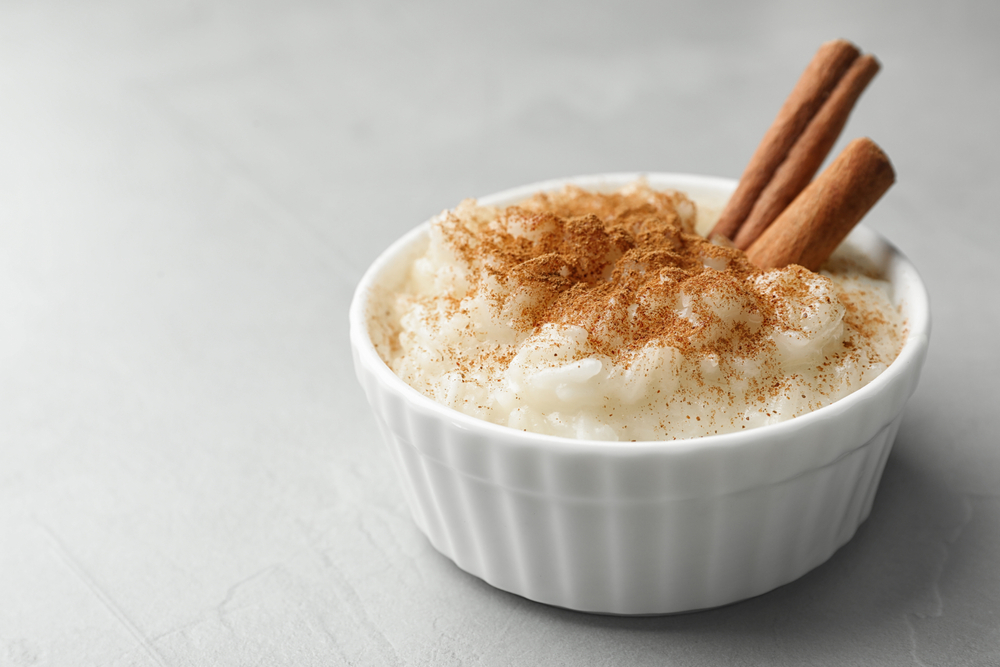
This simple dish involved boiling rice and mixing it with milk and sugar. Some families added cinnamon or raisins for taste. It was mostly eaten as a breakfast food or light dinner. Poor families favored it for its low cost and easy preparation. It filled the stomach but didn’t offer enough protein or vegetables. Some children liked it because it resembled rice pudding, while others grew tired of it quickly. It was another meal that worked in emergencies but didn’t excite anyone at the table.
11. Spam and Peas Were a Pantry Pair

Spam was a meat product that came canned and could sit on shelves for months. Poor families paired it with canned peas or potatoes to make a basic dinner. Spam had a spongy texture and tasted heavily salted. It was often pan-fried to make it more appealing. Peas added color but not much flavor. This was a go-to meal when fresh meat was too expensive. Although easy to prepare, the taste and texture made it an unpopular dish among most family members.
12. Fried Dough Was a Makeshift Treat

When sugar and flour were available, poor families made fried dough by mixing simple ingredients and frying the result in oil. It was sometimes sprinkled with sugar or cinnamon if available. Children treated it like a dessert, but it lacked nutrients and had little staying power. Fried dough was often made to use up leftover ingredients and provide a sense of indulgence. It didn’t require refrigeration, so it was made frequently. This dish became a rare treat in households where sweets were uncommon.
13. Cabbage Soup Was Mostly Water and Salt
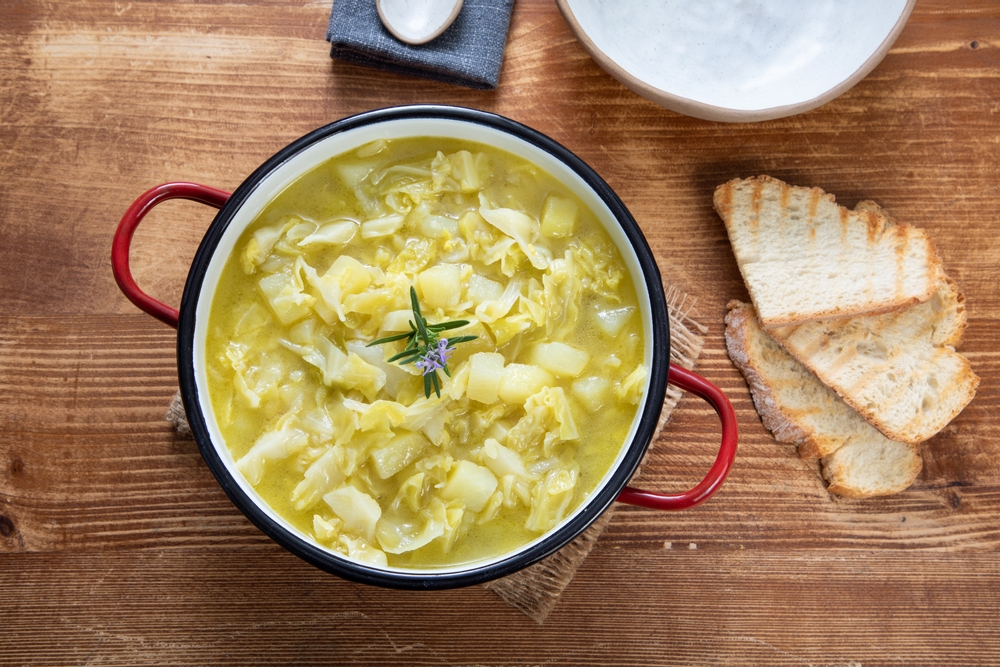
Large pots of cabbage soup were common in poor households. Cabbage was cheap and available at most markets. The soup was usually made with water, salt, and maybe a potato or carrot if the budget allowed. Meat was rarely added. It provided warmth and hydration but was thin and unsatisfying. Poor families relied on cabbage soup during cold seasons because it could be made in large batches and reheated easily. The flavor was mild, and the nutrition was limited unless more ingredients were added.
Read More: 15 Foods Found in Every Middle Class Home in the 1950s
14. Baked Beans on Toast Filled the Void
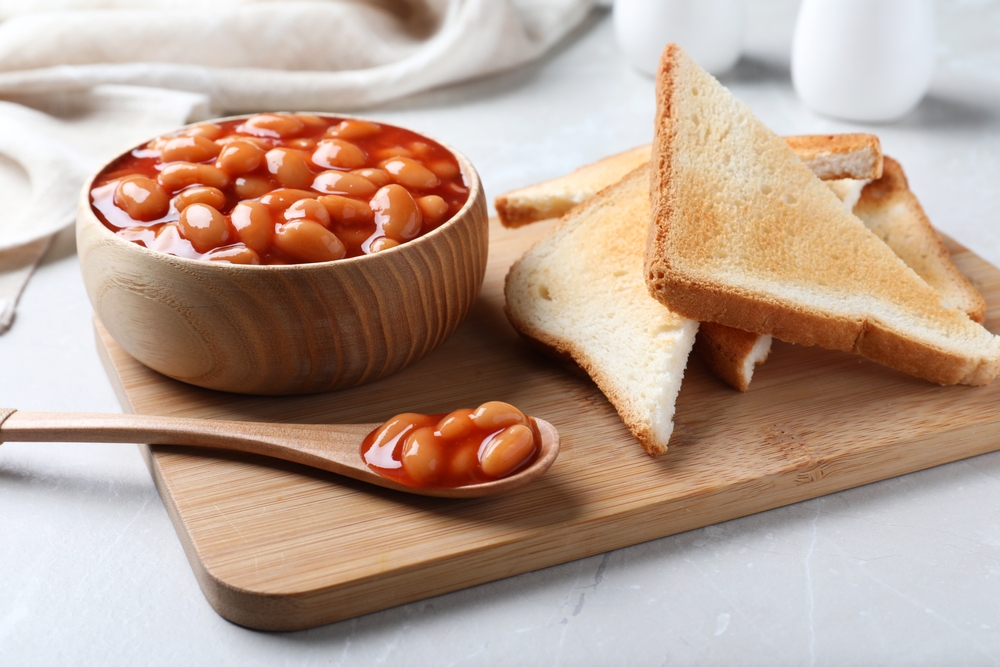
Canned baked beans became a staple because they were cheap and lasted long. They were often spooned over slices of toast to create a filling dinner. Poor families turned to this meal frequently when there was no time or money for elaborate cooking. It had protein from the beans and carbs from the bread, making it complete in the barest sense. However, the flavor never changed, and over time, it became repetitive. It symbolized how processed foods dominated many dinner tables during this time.
15. Mashed Potato Sandwiches Were Resourceful

Leftover mashed potatoes were often placed between slices of bread, sometimes with salt or a small amount of butter. They were then grilled or fried to add crispiness. Poor families made these sandwiches to avoid wasting leftovers and stretch available food. It was all about resourcefulness. These sandwiches lacked protein and vegetables, making them low in nutritional value. Still, they were filling and easy to make. They were a regular feature in kitchens where food waste was not an option.
What These Meals Reveal About Life in the ’60s

The meals poor families ate in the 1960s were driven by necessity, not taste. Each dish reflects the challenges people faced trying to stretch every dollar and feed entire households with minimal resources. These meals were not balanced, and they offered limited variety, but they were often all that was available. Behind every ketchup sandwich and hot dog stew was a family doing their best with what little they had. These foods tell a deeper story of endurance, thrift, and creativity during one of the most economically uncertain decades in American history.
Read More: 14 Cheap Meals from Your Childhood That Still Hit the Spot
Disclaimer: This article was created with AI assistance and edited by a human for accuracy and clarity.

